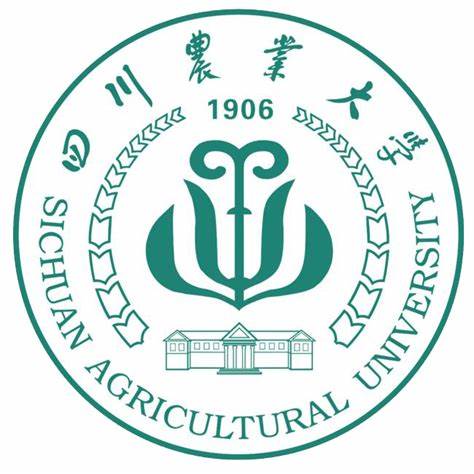Chromosome stability of synthetic Triticum turgidum–Aegilops umbellulata hybrids
作者: 刁圣轩 审稿人:魏育明 时间: 2024-06-04 点击次数:次
https://bmcplantbiol.biomedcentral.com/articles/10.1186/s12870-024-05110-8
BMC Plant Biology,volume24, Article number:391(2024)
Zhongping Song,Yuanyuan Zuo,Wenjia Li,Shoufen Dai,Gang Liu,Zongjun Pu & Zehong Yan
Abstrat
Background
Unreduced gamete formation during meiosis plays a critical role in natural polyploidization. However, the unreduced gamete formation mechanisms inTriticum turgidum–Aegilops umbellulatatriploid F1hybrid crosses and the chromsome numbers and compostions inT. turgidum–Ae. umbellulataF2still not known.
Results
In this study, 11T.turgidum–Ae. umbellulatatriploid F1hybrid crosses were produced by distant hybridization. All of the triploid F1hybrids had 21 chromosomes and two basic pathways of meiotic restitution, namely first-division restitution (FDR) and single-division meiosis (SDM). Only FDR was found in six of the 11 crosses, while both FDR and SDM occurred in the remaining five crosses. The chromosome numbers in the 127 selfed F2seeds from the triploid F1hybrid plants of 10 crosses (no F2seeds for STU 16) varied from 35 to 43, and the proportions of euploid and aneuploid F2plants were 49.61% and 50.39%, respectively. In the aneuploid F2plants, the frequency of chromosome loss/gain varied among genomes. The chromosome loss of the U genome was the highest (26.77%) among the three genomes, followed by that of the B (22.83%) and A (11.81%) genomes, and the chromosome gain for the A, B, and U genomes was 3.94%, 3.94%, and 1.57%, respectively. Of the 21 chromosomes, 7U (16.54%), 5 A (3.94%), and 1B (9.45%) had the highest loss frequency among the U, A, and B genomes. In addition to chromosome loss, seven chromosomes, namely 1 A, 3 A, 5 A, 6 A, 1B, 1U, and 6U, were gained in the aneuploids.
Conclusion
In the aneuploid F2plants, the frequency of chromosome loss/gain varied among genomes, chromsomes, and crosses. In addition to variations in chromosome numbers, three types of chromosome translocations including 3UL·2AS, 6UL·1AL, and 4US·6AL were identified in the F2plants. Furthermore, polymorphic fluorescence in situ hybridization karyotypes for all the U chromosomes were also identified in the F2plants when compared with theAe. umbellulataparents. These results provide useful information for our understanding the naturally occurredT. turgidum–Ae. umbellulataamphidiploids.


